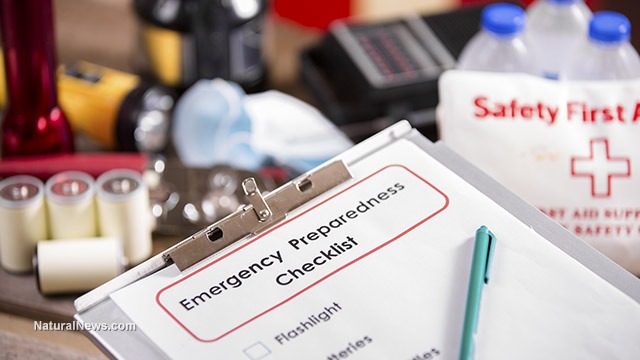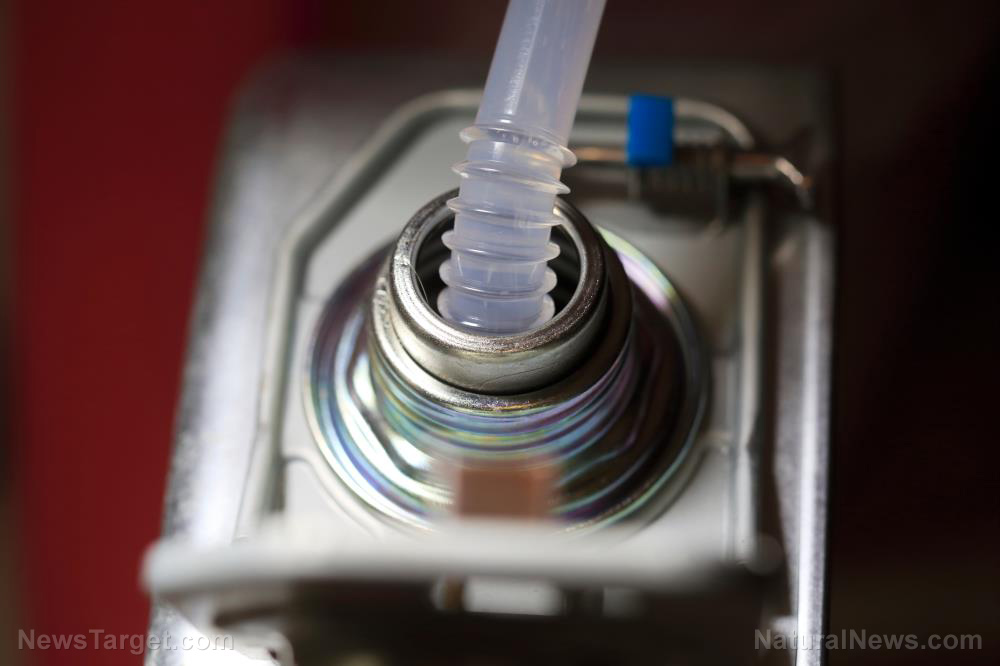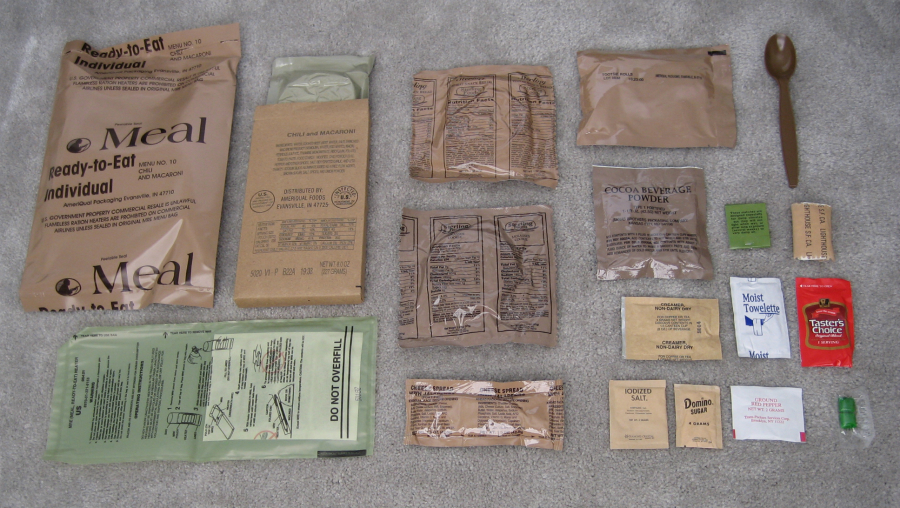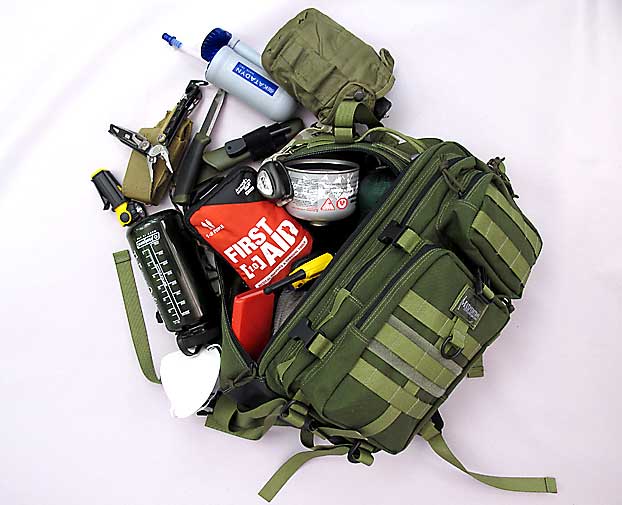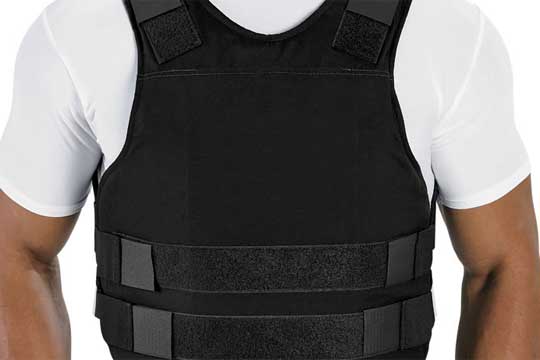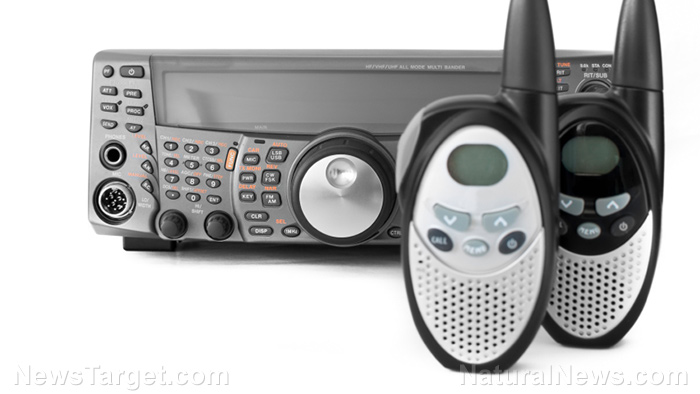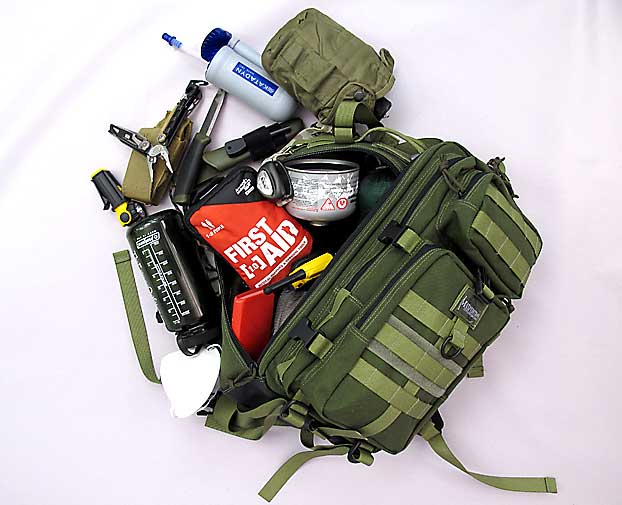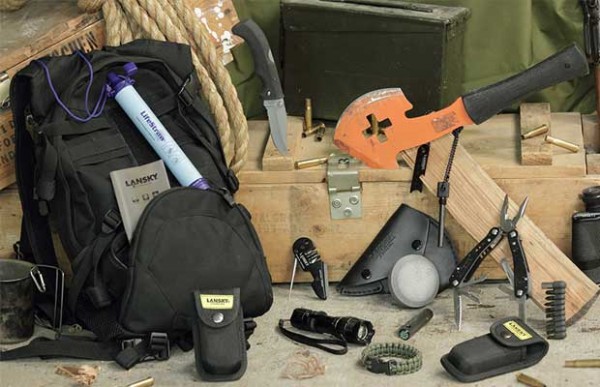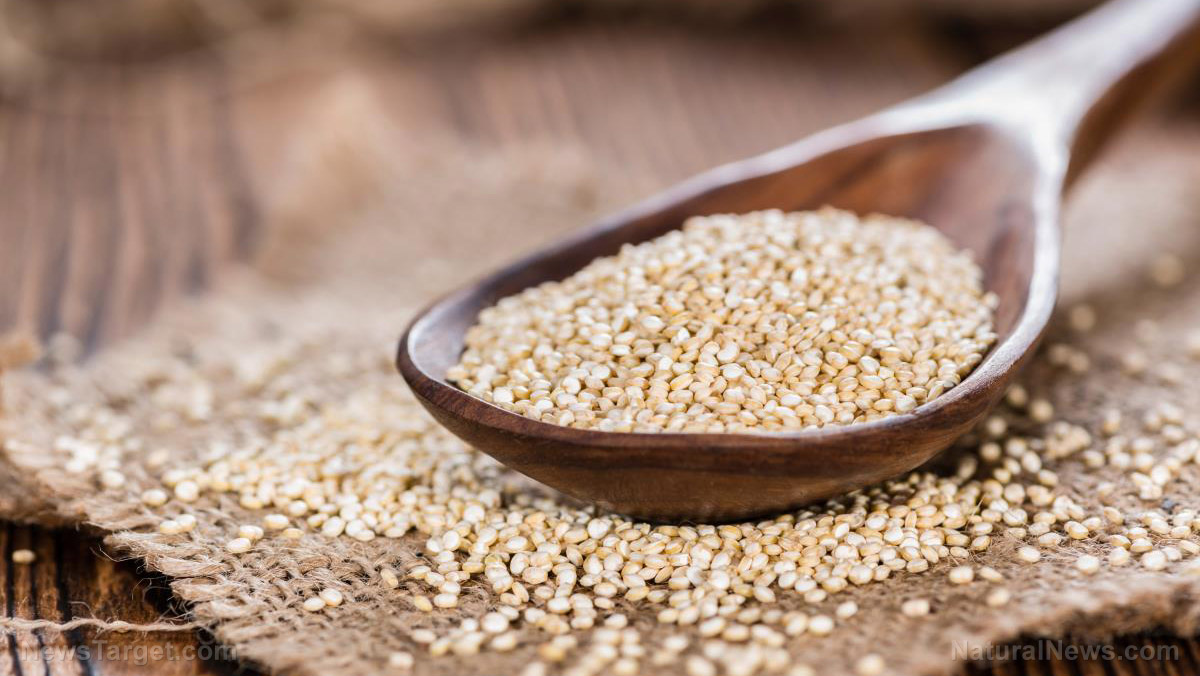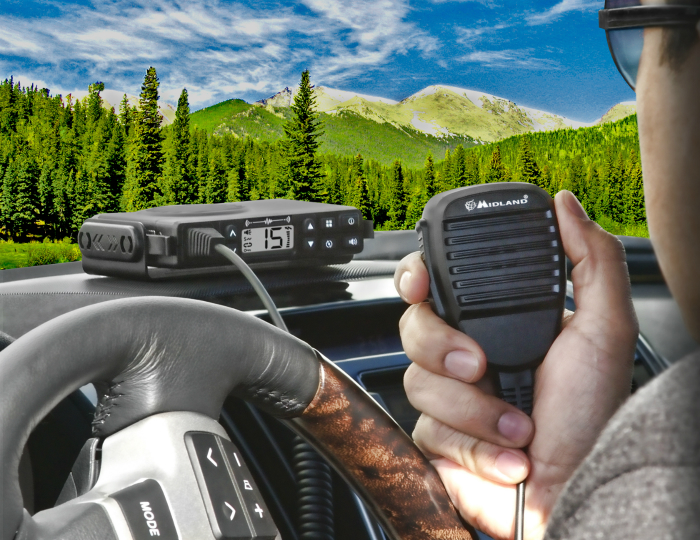Prepper must-haves: How to pack a basic first aid kit
08/11/2021 / By Zoey Sky

As a prepper, it always pays to be ready for a survival scenario, like a minor medical emergency. But you should pack your first aid kit with care, even if it’s a basic one for small injuries. (h/t to SwiftSilentDeadly.com)
Why do you need a basic first aid kit?
You probably already have a more comprehensive first aid kit at home and in your car, but you may also need a basic first aid kit for your survival gear, especially if you frequently go camping or hiking.
If you’re worried about the cost of preparing your own kit, you don’t always need complicated tools since this is just a basic one for minor emergencies.
As a prepper beginner, you need to familiarize yourself with all the items in your first aid kit before anyone gets hurt. This ensures that when SHTF, you already know what to do and you don’t waste time if you or a loved one is injured.
A basic first aid kit should also be light enough to include in your survival bag, which may already be heavy with all your gear. (Related: Essential supplies to pack in your first aid kit for a camping trip.)
When choosing the items for your basic first aid kit, buy things that you need for common injuries like cuts or scrapes.
What to pack in a basic first aid kit
A basic first aid kit should include common items like:
- Basic bleeding-control supplies
- A triangular bandage
- Several adhesive bandages
- A pair of nitrile gloves
These items might seem simple, but in a survival scenario you can save someone’s live with 4×4 bandages and a roll or two of gauze. You can use these items to cover large abrasions and avulsions or severe injuries where one or more pieces of tissue are torn.
It’s best to pack individually-wrapped bandages so they stay clean in your kit since you might need them to close a wound when SHTF.
Triangular and adhesive bandages for various uses
You’ll need a triangular bandage, which has several uses. It can be used to dress a head wound, secure a splint, or for other tasks.
Your basic first aid kit can also include optional items like adhesive bandages and gloves. The bandages are perfect for treating minor cuts and wounds while you may need gloves to treat something more serious and prevent infection.
Miscellaneous items
If you have extra space in your kit, you can also include some of the useful items detailed below:
- Alcohol wipes for sterilizing areas around a wound.
- Cold compress for headaches, muscle strains or muscle sprains, fever, and more.
- A flashlight
- Medications like anti-diarrhea tablets or allergy medication. You can also include medications for babies and children, the elderly, disabled, or pets, if applicable.
- Scissors for cutting off clothing or bandages.
- Tweezers for removing splinters.
- Waterproof medical tape
Gloves and bag for the kit
You should include a pair of gloves in the kit so you can protect yourself from blood and other body fluids that may spread infection in a survival scenario.
Wearing gloves will also help prevent infections if you need to treat the patient while you’re outdoors and away from emergency medical services.
Buy gloves that are light-colored, like white, blue, or orange so you can tell if it’s dirty while doing a blood sweep is someone is injured. When SHTF, you can also use a glove as a makeshift tourniquet if you don’t have the materials for one.
The container for your basic first aid kit doesn’t have to be fancy and you can use a quart-sized freezer bag if you want to. But if you prefer something sturdier, choose a small pouch with pockets and compartments for all the items in your kit.
Comparing a basic first aid kit and an IFAK
A basic first aid kit isn’t as comprehensive as an individual first aid kit (IFAK), but that doesn’t mean the former isn’t as useful as the latter.
- A basic kit will be useful if you’re tending to small wounds, but anything more serious will require an IFAK. But if you have first aid training, you can still save someone with just a basic kit.
- A basic kit is smaller and lighter, and it can easily fit in your backpack, pocket, or a large purse. On the other hand, an IFAK will be much heavier.
- A basic kit will be cheap and cost only about $10 to $20, depending on the items you include. An IFAK can add up to $50 or more if you buy more expensive items.
Before SHTF, sign up for basic first aid training so you know what to do if and when disaster strikes wherever you are. Training will also help you prepare for different medical emergencies if you’re too far away from a clinic or a hospital.
If you don’t have access to a first aid training program near your area, you can also learn from a reference book about wilderness first aid. While preparing for the worst, it’s better to have more things than you need instead of not having an IFAK or even a basic first aid kit.
But if you prefer to keep your survival gear light, go with a basic first-aid kit so you can tend to minor emergencies when disaster strikes.
Visit EmergencyMedicine.news for more tips on how to pack a first aid kit for your survival gear.
Sources include:
Tagged Under: basic first-aid kit, disaster, disaster preparedness, disaster survival, emergency medicine, emergency supplies, first aid, first-aid kit, how-to, off grid, preparedness, prepping, survival, survival medicine, survivalist, tips
RECENT NEWS & ARTICLES
COPYRIGHT © 2017 GEAR.NEWS
All content posted on this site is protected under Free Speech. Gear.news is not responsible for content written by contributing authors. The information on this site is provided for educational and entertainment purposes only. It is not intended as a substitute for professional advice of any kind. Gear.news assumes no responsibility for the use or misuse of this material. All trademarks, registered trademarks and service marks mentioned on this site are the property of their respective owners.


